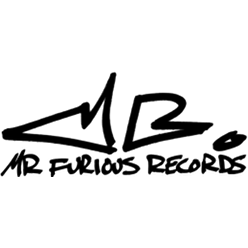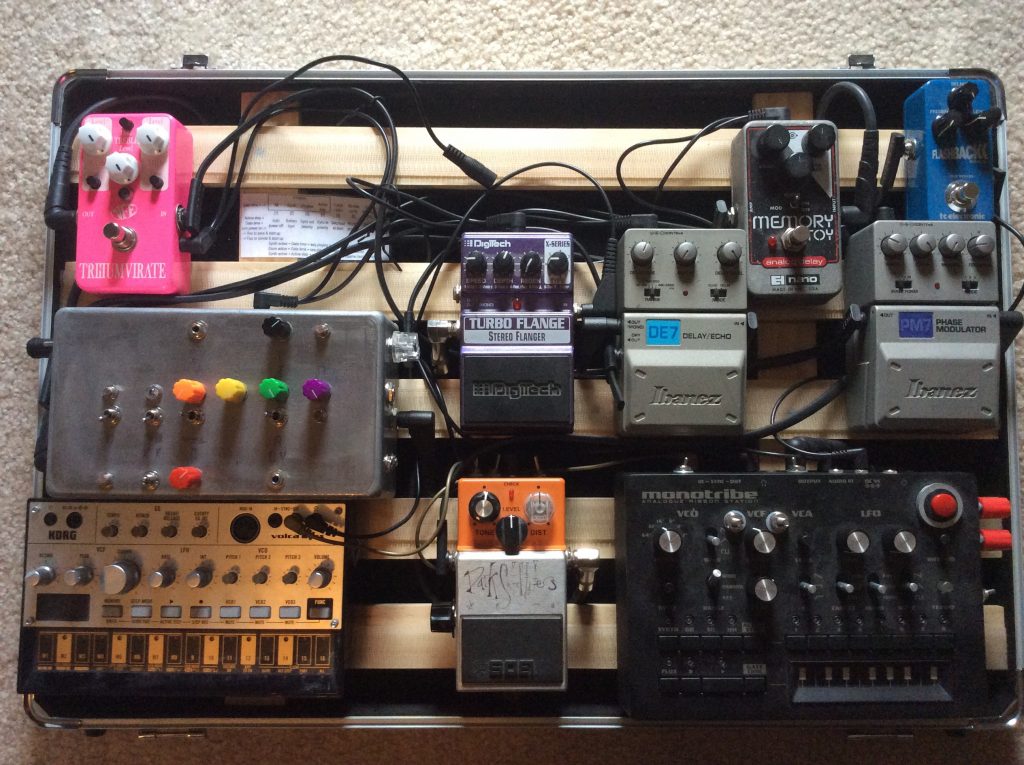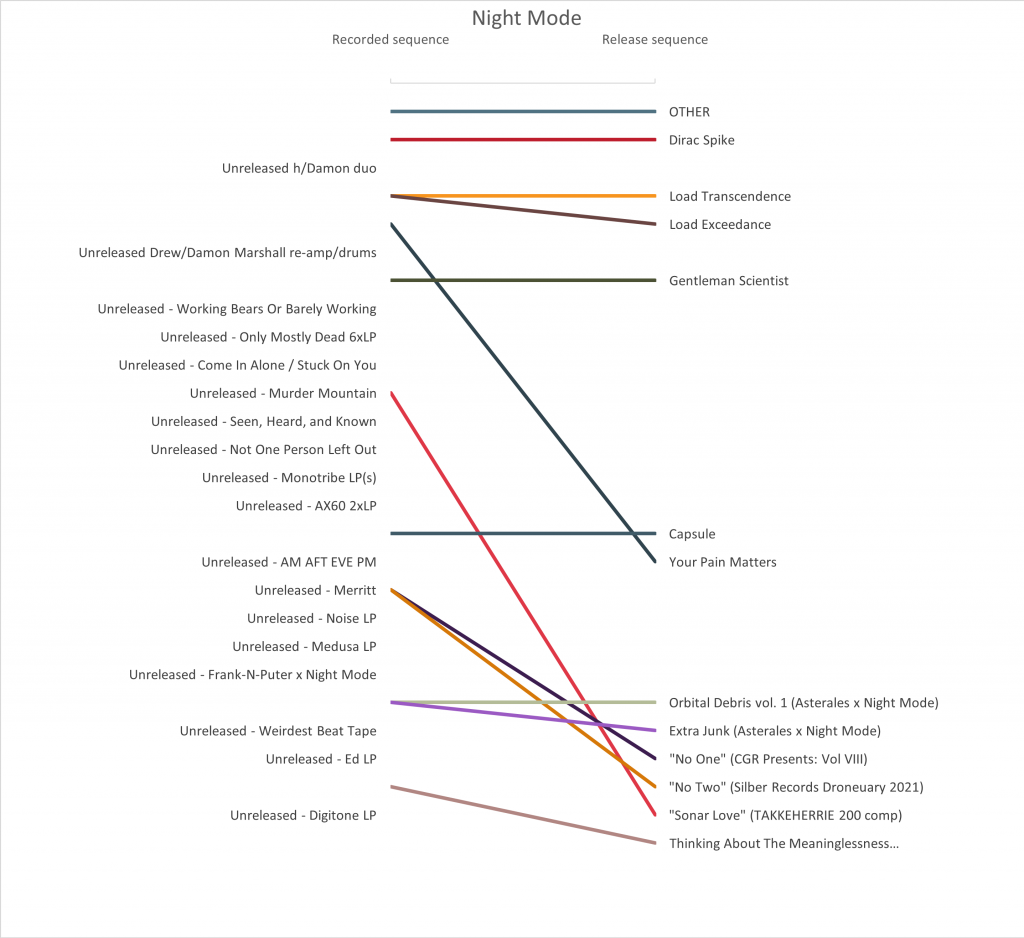I’ve been working steadily on guitars for Fight Songs, switching over from electric to acoustic a few weeks ago. I think I have six left, something like that.

Most (all?) songs are getting two guitar tracks to start with. Then I’ll add some shakers and tambourines and other percussion and get the mixes roughed together before doing vocals. At that point the question will be “What details will help this song?” and the answers will be different for everything, “None!” being a viable option.
Mic is an Audio Technica PRO-37, which I am absolutely loving. It happens to be a very affordable mic, but it sounds like a million bucks to me. To my ear is has a full-frequency, flat-ish response for a small diaphragm condenser, and most importantly the off-axis phase cancellation that’s an inherent aspect of condenser mic design is minimized. Really great.


